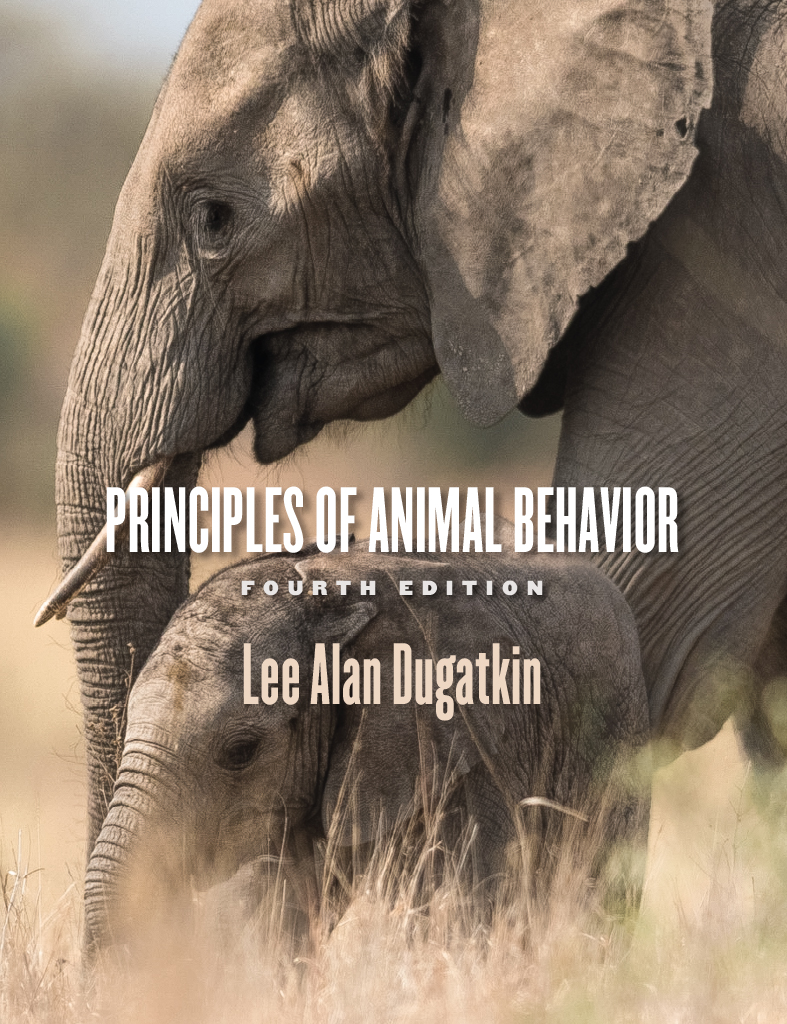
Principles of Animal Behavior
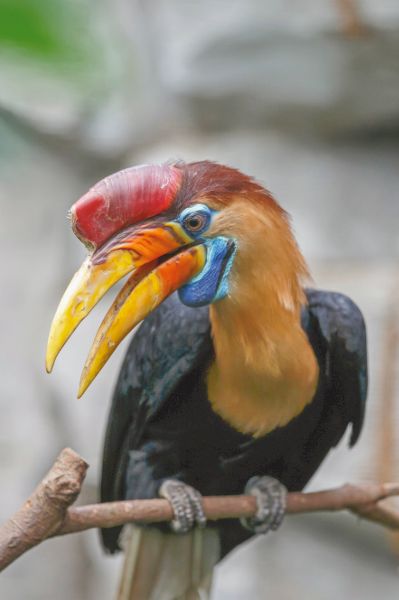
Principles of Animal Behavior
Fourth Edition
Lee Alan Dugatkin
The University of Chicago Press
Chicago and London
The University of Chicago Press, Chicago 60637
The University of Chicago Press, Ltd., London
2019 by The University of Chicago
All rights reserved. No part of this book may be used or reproduced in any manner whatsoever without written permission, except in the case of brief quotations in critical articles and reviews. For more information, contact the University of Chicago Press, 1427 E. 60th St., Chicago, IL 60637.
Published 2020
Printed in the United States of America
28 27 26 25 24 23 22 21 20 19 1 2 3 4 5
ISBN-13: 978-0-226-44838-1 (paper)
ISBN-13: 978-0-226-44841-1 (e-book)
DOI: https://doi.org/10.7208/chicago/9780226448411.001.0001
Earlier editions were published by W.W. Norton & Company, Inc. Any questions concerning permissions should be directed to the Permissions Department at The University of Chicago Press, Chicago, IL.
Library of Congress Cataloging-in-Publication Data
Names: Dugatkin, Lee Alan, 1962 author.
Title: Principles of animal behavior / Lee Alan Dugatkin.
Description: Fourth edition. | Chicago ; London : The University of Chicago Press, 2020. | Includes bibliographical references and index.
Identifiers: LCCN 2018037842 | ISBN 9780226448381 (pbk. : alk. paper) | ISBN 9780226448411 (ebook)
Subjects: LCSH: Animal behavior.
Classification: LCC QL751 .D748 2019 | DDC 591.5dc23
LC record available at https://lccn.loc.gov/2018037842
 This paper meets the requirements of ANSI / NISO Z39.48-1992 (Permanence of Paper).
This paper meets the requirements of ANSI / NISO Z39.48-1992 (Permanence of Paper).
For JERRAM L. BROWN, my mentor and friend for the last three decades
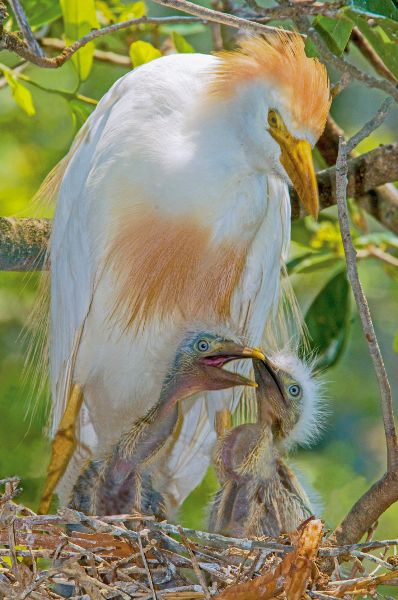
Contents in Brief
So much has happened in the field of animal behavior since the last edition of this book was published in 2013, providing me with more than ample cutting-edge new work not only to update and expand on the studies presented, but also to reinforce the previous editions focus on ultimate and proximate causation, as well as the books unique emphasis on natural selection, learning, and cultural transmission. Its my long-held feeling that the tapestry of animal behavior is created from weaving all of these components into a beautiful whole.
A completely new feature in this edition is the Cognitive Connection boxes in , designed to dig deep into the importance of the cognitive underpinnings to many types of behaviors we examine. Each box focuses on a specific issue related to cognition and the particular topic covered in that chapter. Another completely new feature in this edition is the Science at Work boxes in each chapter. Each of these focuses on one particular study discussed in a chapter and asks What is the research question? Why is this an important question? What approach was taken to address the research question? What was discovered? and What do the results mean?
Many students taking a course in animal behavior are interested in the course, in part, because they care about the natural world and the creatures that inhabit it. They want to make a difference, and some may even pursue careers in conservation biology. But most animal behavior textbooks barely touch on the subject of conservation biology, or they discuss it only in passing. The Conservation Connection boxes that were introduced in the third edition remain and have been updated here, giving the topic of conservation and animal behavior the space it deserves.
From the first edition of this book, my aim has been to explain underlying concepts in a way that is scientifically rigorous but, at the same time, accessible to students. Each chapter in the book provides a sound theoretical and conceptual basis upon which the empirical studies rest. The presentation of theory, sometimes in the form of mathematical models, is not meant to intimidate students but rather to illuminate the wonderful examples of animal behavior in that chapter. My goal has been to produce a book that students will actually enjoy and will recommend to their friends as a keeper. I also hope that instructors will find this book useful in their research programs, as well as in their courses.

I wish to thank my gifted editor at the University of Chicago Press, Christie Henry, for shaping this fourth edition. Her editorial skills took this edition to new heights. Christie has moved on to become director of all of Princeton University Press and she will be dearly missed. Miranda Martin, the assistant editor working with Christie, was of immense help on the day-to-day operations associated with a project of this scope. I would like to acknowledge the late Jack Repcheck, my editor on the first edition of this book, for all the time and effort that he invested in this project. Many thanks go to Michael Wright, who did a great job as editor for the second edition, and Betsy Twitchell, who edited the third edition. My thanks also go to Ryan Earley, who has been involved in all four editions of this book, producing a wonderful Instructors Manual for each edition.
Each of the seventeen chapters in this book ends with an illuminating, in-depth interview with a leader in the field of animal behavior. I am deeply indebted to these seventeen brilliant (and busy) animal behaviorists who took time to allow me to interview them. So I extend a huge thank you on this front to E. O. Wilson, Alan Grafen, Geoffrey Hill, Gene Robinson, Sara Shettleworth, Cecilia Heyes, Anne Houde, Cathy Marler, Francis Ratnieks, Hudson Kern Reeve, John Krebs, Anne Magurran, Rufus Johnstone, Judy Stamps, Karen Hollis, Marc Bekoff, and Sam Gosling.
Dozens of my colleagues have read all or parts of Principles of Animal Behavior, and I extend my thanks to them all.
Reviewers for this and prior editions of the book were Noah Anderson, Andrea Aspbury, Marin Beaupr, Marc Bekoff, Thore Bergman, Samuel Beshers, Brett Beston, H. Jane Brockmann, Sarah F. Brosnan, Richard Buchholz, Terry Christenson, Anne B. Clark, Ann Cleveland, Cathleen Cox, Mary Dawson, Reuven Dukas, Fred Dyer, Susan Foster, Nick Fuzessery, George Gamboa, Robert Gerlai, Deborah Gordon, Harold Gouzoules, David Gray, Douglas Grimsley, Ann Hedrick, Peter Henzi, Geoff Hill, Kurt Hoffman, Teresa Horton, Anne Houde, Melissa Hughes, Rudolph Jandler, Clint Kelly, Scott L. Kight, Eileen Lacey, Curt Lively, Catherine Lohmann, Suzanne E. MacDonald, John Maerz, Anne Magurran, Jill Mateo, Maria Maust, Jennifer Mather, Kevin McGraw, Roger Mellgren, Michael Mesterton-Gibbons, Manfred Milinski, Allen Moore, Peter Nonacs, Shawn Nordell, Dan Papaj, Geoff Parker, John Pastor, Aras Petrulis, Terry F. Pettijohn, David Pfennig, Naomi Pierce, Stephen Pruett-Jones, Jesse Purdy, Rick Relyea, Christoph Richter, Gwynne Rife, John Rosenkoetter, Locke Rowe, Olav Rueppell, Roger D. Santer, Andrea Schnitz, Bruce Schulte, Michelle Scott, Carol Shearer, Con Slobodchikoff, Joseph Sisneros, Mark Spritzer, John Swallow, Max Terman, Jeanette Thomas, Kaci Thompson, Elizabeth Tibbetts, Sean Veney, Carolyn Walsh, Scott R. Wersinger, David J. White, Stim Wilcox, Jerry Wilkinson, and Sarah Wooley.
Next page

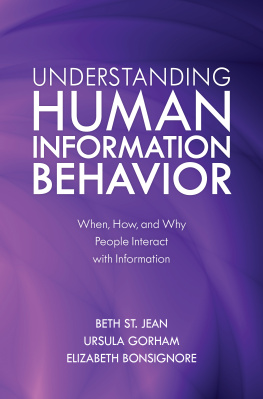
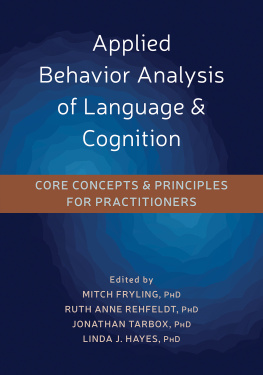



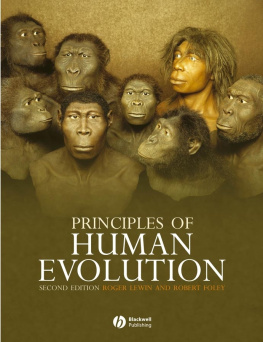
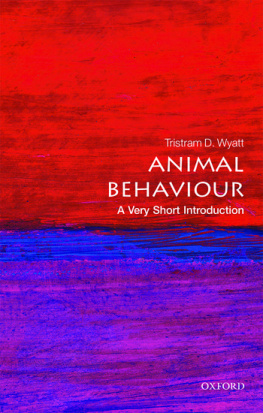
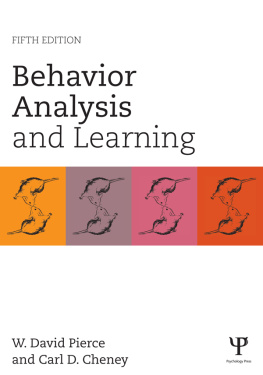

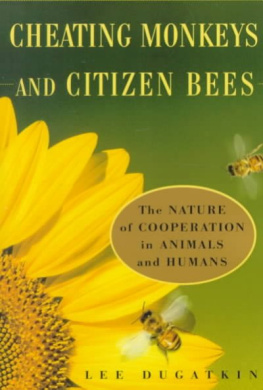


 This paper meets the requirements of ANSI / NISO Z39.48-1992 (Permanence of Paper).
This paper meets the requirements of ANSI / NISO Z39.48-1992 (Permanence of Paper).
